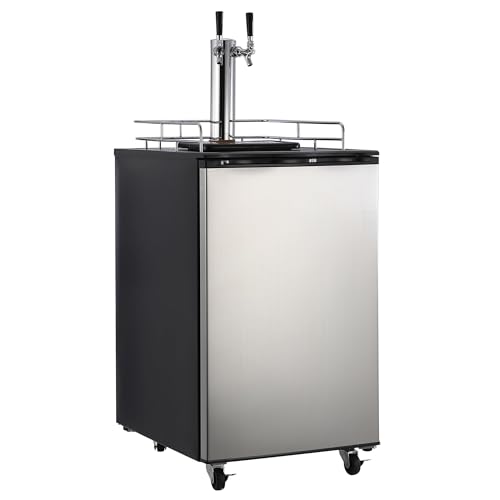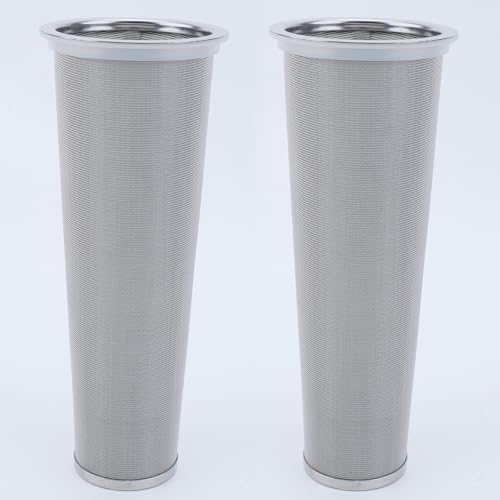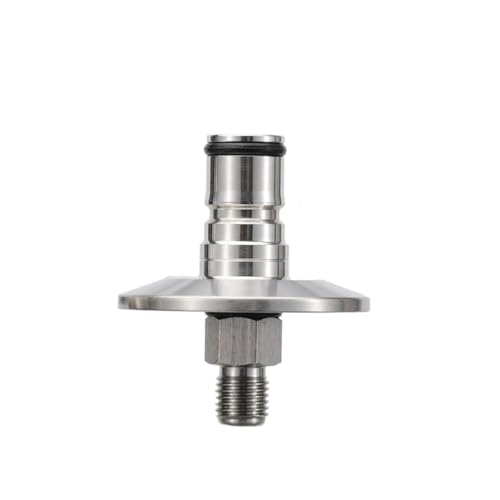radwizard
Well-Known Member
- Joined
- Oct 7, 2015
- Messages
- 729
Just had what was my first Paters Bier. I really enjoyed it and found this style to have a lot of potential. It also represents a profile I am looking for in my line up. I am starting to research recipes for my first attempt at brewing one.
Right now thinking 85% pils and 15% malted wheat, with Saaz and strisslespalt for the hops around 20 ibus. Im seeing people have been using wyeast high gravity belgian yeasts. I have never used this, and was curious why it is recommended on this small table beer. Im aiming for 3.8-4% abv finished.
Thougts on recipe development, and yeast choices for a pale belgian single?
Right now thinking 85% pils and 15% malted wheat, with Saaz and strisslespalt for the hops around 20 ibus. Im seeing people have been using wyeast high gravity belgian yeasts. I have never used this, and was curious why it is recommended on this small table beer. Im aiming for 3.8-4% abv finished.
Thougts on recipe development, and yeast choices for a pale belgian single?


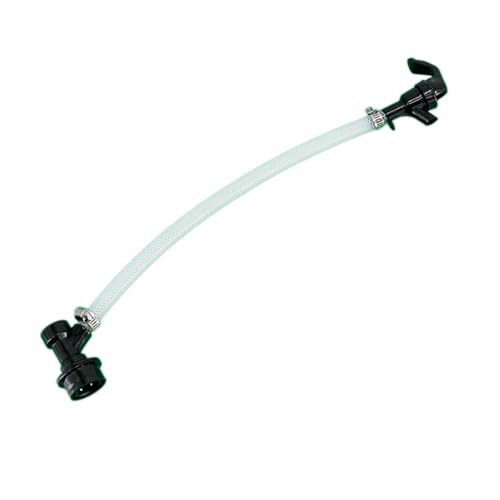









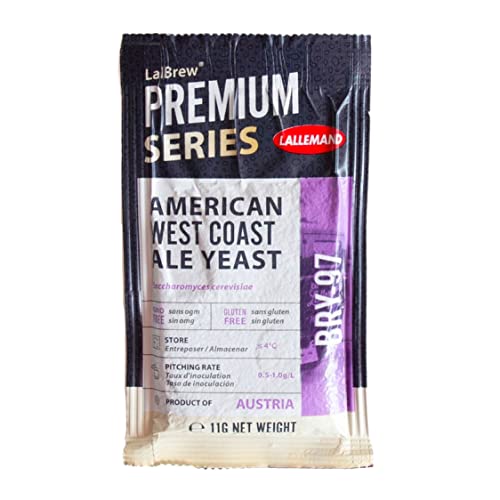












![Craft A Brew - Safale S-04 Dry Yeast - Fermentis - English Ale Dry Yeast - For English and American Ales and Hard Apple Ciders - Ingredients for Home Brewing - Beer Making Supplies - [1 Pack]](https://m.media-amazon.com/images/I/417FujUfrWL._SL500_.jpg)
















